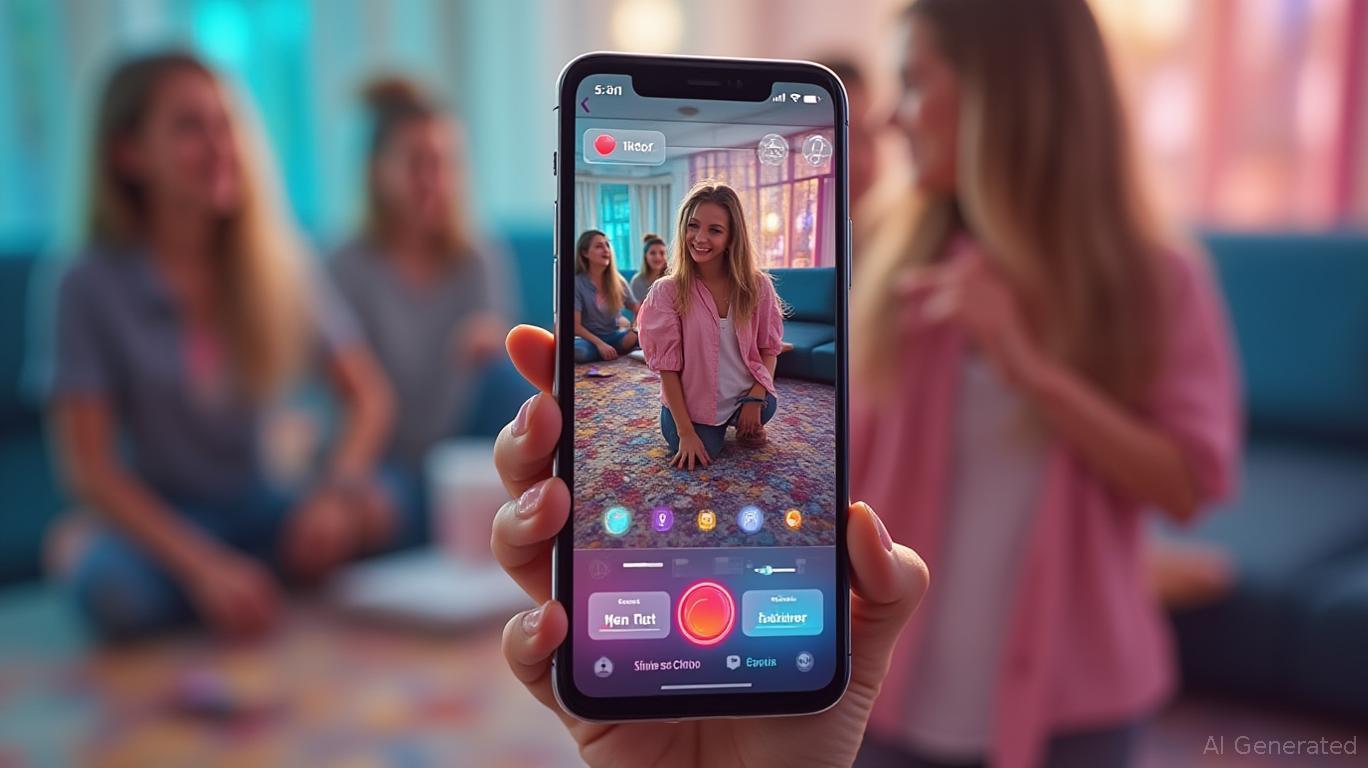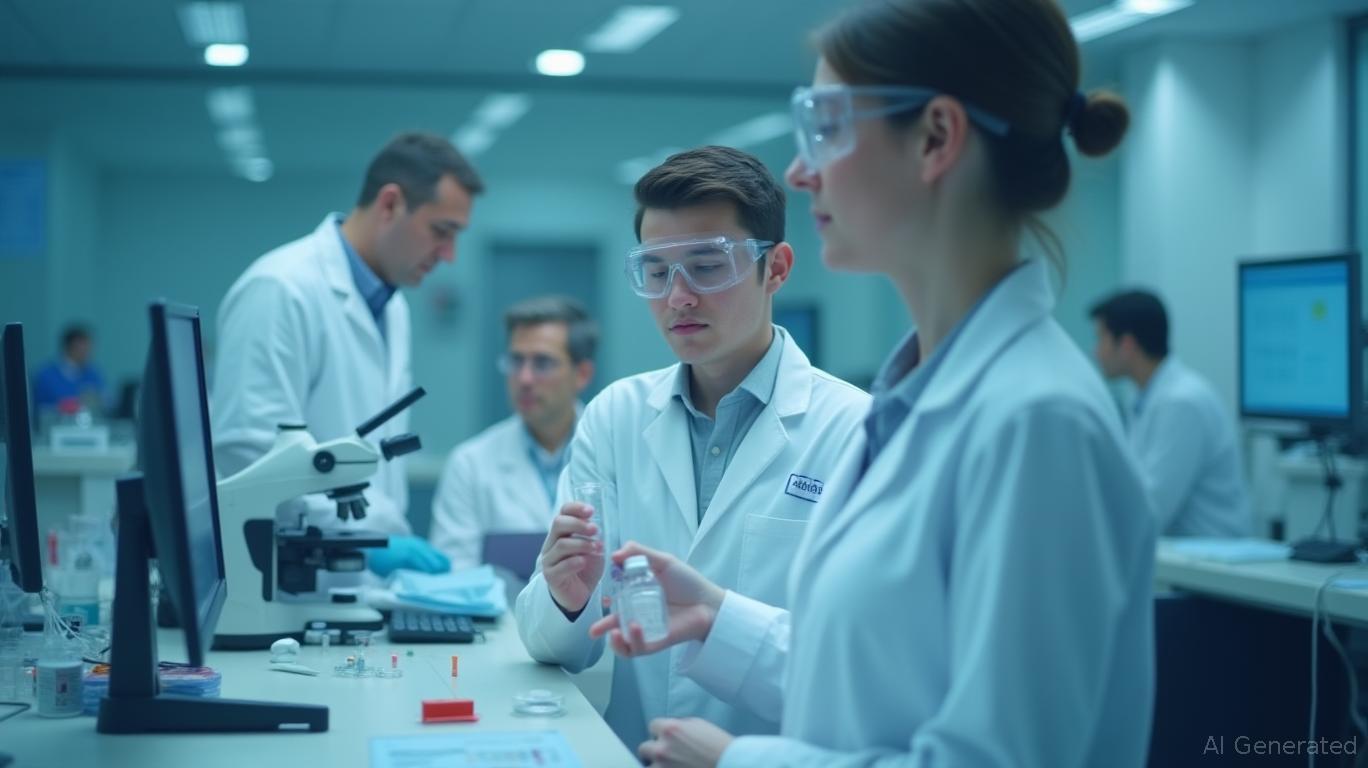Microsoft's Windows 10 Sunset Sparks Upgrade Rush and E-Waste Concerns
On November 1st, Microsoft made a significant announcement regarding the end of support for the Windows 10 operating system, set for October 14, 2025. This move has drawn widespread attention, primarily due to the security risks posed by the cessation of updates. Microsoft has clarified that post this date, Windows 10 will no longer receive security updates, leaving systems vulnerable. As a result, users are advised to upgrade to the more modern and secure Windows 11.
Microsoft has emphasized that Windows 11 is designed to offer an enhanced, safer, and more efficient computing experience while maintaining the familiarity of the Windows interface. To facilitate the transition, a straightforward and secure upgrade process has been provided, helping users determine if their current devices are upgradeable or if a new PC purchase might be necessary.
This transition, however, poses challenges. A primary concern is the potential for increased electronic waste (e-waste), given the large number of devices incompatible with Windows 11. Reports suggest that approximately 20% of existing Windows installations, roughly equating to 240 million PCs, lack the necessary TPM 2.0 chip to support Windows 11. This incompatibility results in many devices potentially becoming obsolete and contributing to environmental issues, as improperly discarded e-waste can severely impact ecosystems due to its toxic components.
To mitigate these concerns, Microsoft has extended paid security updates for Windows 10 until October 2028, albeit at an undisclosed fee. This approach echoes previous strategies applied to older operating systems like Windows 7 and Windows 8.1. While this extended support aims to prolong the lifespan of hardware unable to meet Windows 11 requirements, the cost might be prohibitive for some, potentially accelerating the shift to newer devices compatible with Windows 11.
In the face of these developments, both OEMs and operating system developers bear responsibility for maximizing product longevity. By focusing on design features that emphasize durability, repairability, and recyclability, they can better support end users and partners, ensuring devices gain a second life through repair, redeployment, refurbishment, or resale, while fostering a circular economy.

_b905d9341749265671656.jpg)







